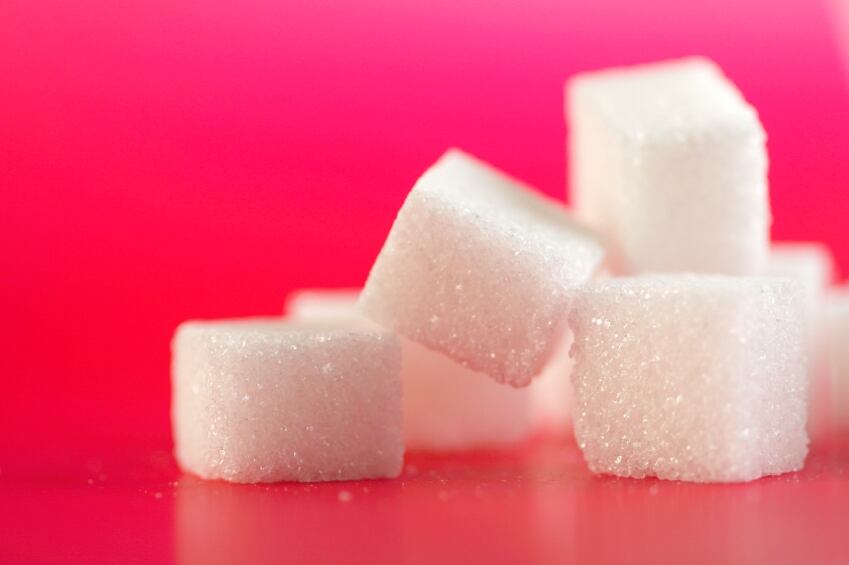‘Calories from fat’ serves no purpose
Andy Bellatti, MS, RD, said it’s high time the FDA eliminate “Calories from Fat” from labels.
“It serves no purpose whatsoever,” he said. “The fact that most of an almond's calories are from fat is inconsequential. There are many foods that get minimal calories from fat (i.e., candies, sugary cereals) that are in no way healthful.”
The Grocery Manufacturers Association (GMA), which represents more than 300 food and beverage companies, tangentially echoed this sentiment, noting that the new nutrition facts panel should reflect the public's shift toward focusing on calories as opposed to fat.
“The public health perspective that led to the nutrition facts panel in the early 1990s has shifted over the past twenty years, away from total fat and fatty acids and toward calories," Brian Kennedy, GMA's director of communications, told FoodNavigator-USA. "FDA has suggested that it may be appropriate to remove the Calories from Fat declaration from Nutrition Facts, and we think this is consistent with the shift in public health emphasis. Since calories are the focus, some of FDA’s suggested adjustments to nutrition facts to give calories more prominence could also be useful to consumers.”
Consumers confused by ingredient amounts, multiple servings
Joy Dubost, PhD, RD, CSSD, Academy of Nutrition and Dietetics spokesperson, said she hopes the revised nutrition labels better mirror current health concerns, especially given consumers' renewed interest in reading labels. In particular, she would like serving sizes to be clarified.
“Differentiating between serving size or multiple serving sizes need to be clearer so consumers have a better understanding of total calories per package/container,” she said. “For example, consumers become confused when there are multiple servings within a package that appears to be able to be consumed in one sitting.”
Bellatti also said he’d like to see ingredients listed as actual percentages, which would encourage more transparency.
“The ingredient list should state the percentage that each ingredient contributes to the product. For instance, do oats make up 60% of a product, or 15%? That makes a significant difference. It would also be great to have the actual amount of whole grains provided such as percentage of whole wheat relative to the other ingredients.”

Group all caloric sweeteners together
Another bothersome ingredient on current nutrition labels, according to Bellatti and Dubost, is sweeteners—particularly because it often appears in various forms (adding up to a larger percentage than consumers may be led to believe).
“I would like to see all caloric sweetener grouped together in the ingredient list and then specified in parentheses,” Bellatti said. “I've seen ingredient lists that contain up to 10 different sweeteners (i.e., cane sugar, honey, corn syrup, dextrose, etc.), each used in small amounts and appearing toward the middle and end of the ingredient list. If ‘added sweeteners’ became one category, we'd see them as the first ingredient in many products, a clear indication that they are high in sugar.”
Dubost said that she would also like to see the amounts of added sugars called on labels, noting that differentiating between naturally occurring and added sugars sometimes proves challenging for some products.
Bellatti agreed, putting the onus on manufacturers: “We definitely need to differentiate between naturally-occurring sugar and added sugar, especially for products that contain a combination of both, like flavored milks and yogurts, sweetened dried fruit, and cereals that contain dried fruits,” he said. “All food manufacturers know this information; there is no reason why it shouldn't be shared.”
